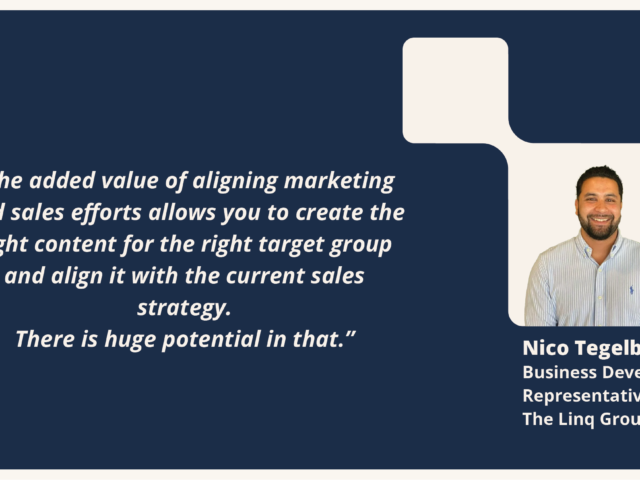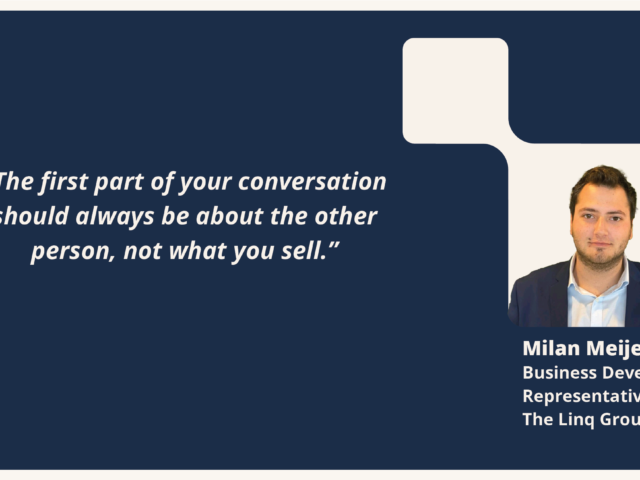Social selling

What Is Social Selling And How To Start
It’s no secret that social media has taken over the world. As of January of this year, there were nearly 4 billion total social media users across all platforms, according to Sprout Social.
For companies, social media can seem like the perfect place to spread their message and sell directly to their customers. The advent of social selling has proven that it is possible as businesses are empowered to do just that with precise marketing and deep relationship building.
The question your company might be asking itself right now: is posting on social media the same as social selling? And how does social selling differ from social media advertising?
Today we’re going to help you answer those questions so your company can continue to develop its own social selling strategy.
Introducing social selling for businesses
Essentially, social selling is the use of your brand’s social media channels to reach your sales targets. This is done by connecting with prospective customers, developing a connection with them, and engaging with those leads, before ultimately selling them the product or service.
By building relationships with your potential customers, you can help your brand to stay front of mind when the time finally comes for that customer to make a purchase. It’s less about the old ways of managing customer relationships and more about nurturing.
While social media is fundamental to social selling, social selling is not simply about posting non-stop. It’s about using those posts to present your company as a solution. When you’re less sales-focused, you can build the trust and loyalty of your audience.
And for B2B companies looking to nurture leads, one of the best places to build that audience is on LinkedIn.
How does social selling on LinkedIn Work?
For those interested in social selling on LinkedIn, we’ll start with the social selling index (SSI) that LinkedIn debuted a number of years ago.
A SSI measures a brand’s social selling efforts on its platform according to whether it is:
- Establishing a professional brand with a well-managed LinkedIn profile
- Finding the right people on the platform
- Sharing relevant, conversation-inspiring content
- Building and strengthening relationships
If LinkedIn is your chosen platform to connect with leads, this metric will give you a decent idea of where you stand now, as well as what you can do to improve even more.
In addition to helping define what social selling is, social selling is also one of the key places for B2B marketing. These are a few recent statistics from LinkedIn about using their platform:
- 89% of B2B marketers generate leads on LinkedIn
- 62% of B2B marketers say LinkedIn generates leads at twice the rate of the next-best performing social channel
Who needs to be social selling?
Getting started with social selling is about building up your credibility and building your network. But how do you know if you have the right kind of business to take advantage of social selling?
In short, basically all businesses that are selling something need to be involved in social selling. With the number of users on social networks, along with the number of users who use those platforms for brand research, your company is being viewed on social media whether you want to take advantage of it or not.
For those companies who do choose to use social selling, these are some of the benefits they can expect:
- Increasing brand visibility
- Driving more higher quality leads
- Boosting web traffic
- Boosting sales revenues
Where do you start with social selling?
Some examples of social selling include sharing relevant content, social listening, personal branding, and interacting directly with potential buyers and customers.
Ready to actually get started with it? This is how social selling might look to you and your company:
- Researching your audience – As mentioned, social selling is more than about just posting on social media. Who are you posting for? What are their pains? How can you help relieve those pains? Once you have an idea who your social audience is, you can develop a plan for reaching them online.
- Decide on the platform – For B2B sales, LinkedIn social selling might be the best avenue for you. If you’re B2C and have a highly visual product, Instagram might be our outlet. As part of your audience research, you should develop a decent idea of where they spend their time online, when they visit sites, and how you can best interact with them.
- Provide value – While sales is the end goal, a sales message from the start is more about you than it is about them. You need to show them you’re worth paying attention to by providing them with value. Engage with new followers, ask how you can help, keep your profile updated – these are all ways to stand out and be more than just another corporate social account.
- Measure your effectiveness – When you’re on LinkedIn, you can check on your SSI score. If you’re on another platform, see what relevant key performance indicators you can track (profile views are a good way to see if your followers are coming directly to your page). Set a regular time to check in on your results to know the best way to proceed forward.
Want to learn more about how your business could implement social selling? At The Linq Group, we help to train sales teams in the art of relationship based selling, social selling and lead conversations. Get in touch with us today.












